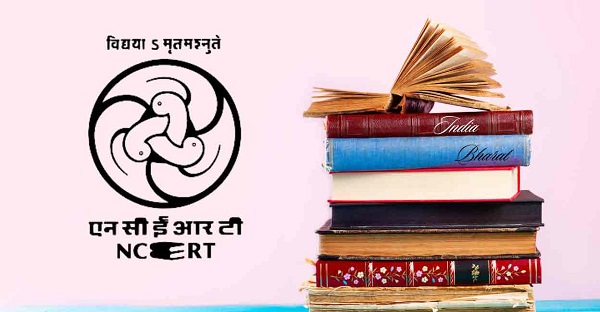Paromita Das
GG News Bureau
New Delhi, 22 June. In a significant move to align educational content with constitutional provisions, NCERT Director Dinesh Prasad Saklani recently announced a new policy permitting the interchangeable use of the names ‘India’ and ‘Bharat’ in NCERT textbooks. This decision stems from recommendations made by a high-level committee tasked with enhancing the representation of Bharat’s cultural and historical heritage in school materials. This initiative marks a significant step towards enriching the educational landscape in Bharat.
Constitutional Alignment and Cultural Significance
The Indian Constitution acknowledges both ‘India’ and ‘Bharat’ as official names of the country. Article 1 of the Constitution states, “India, that is Bharat, shall be a Union of States,” thereby affirming the legitimacy of both names. The new NCERT policy seeks to embed this constitutional recognition within educational resources, ensuring students are well-versed in the dual nomenclature.
Saklani emphasized that the name ‘Bharat’ holds deep cultural and historical significance, tracing back to ancient texts and traditions. By integrating ‘Bharat’ alongside ‘India’ in textbooks, NCERT aims to foster a greater appreciation of Bharat’s rich heritage among students. This initiative underscores the importance of cultural continuity and historical consciousness in education.
The committee emphasized the name “Bharat’s” deep historical significance, pointing out that it appears in 7,000-year-old manuscripts like the Vishnu Purana. This highlights the name’s deeply ingrained cultural roots. This decision has sparked a controversy about whether it was necessary even if it clarifies the vocabulary used in NCERT textbooks. Opponents contend that the shift is motivated by political goals and intended to rewrite history. Supporters, on the other hand, think it’s a step in the right direction toward honoring and maintaining Bharat’s rich cultural and traditional heritage and helping pupils develop a stronger sense of national identity.
Implementing the Change
The implementation of this policy involves revising existing textbooks to reflect the interchangeable use of ‘India’ and ‘Bharat’. This change is not merely a textual update but a shift towards a more inclusive representation of Bharat’s identity. Teachers and educators will be provided with guidelines to effectively incorporate this dual nomenclature in their teaching methodologies, ensuring that students understand the context and significance of both names.
Educational Impact
The policy aims to deepen students’ understanding of Bharat’s diverse identity and its historical context. By recognizing both ‘India’ and ‘Bharat’, NCERT seeks to promote a more comprehensive educational narrative that honors the country’s ancient heritage and its modern identity. This approach is expected to instill a sense of pride and belonging among students, fostering a stronger connection to their cultural roots.
Additionally, this policy is seen as a step towards decolonizing the educational content by reinstating indigenous terms and perspectives. It encourages a balanced view of Bharat’s history, one that acknowledges the country’s ancient legacy while appreciating its contemporary achievements.
Government Implementation and Suggestions
At the Shikhar Sammelan in New Delhi, Prime Minister Narendra Modi’s nameplate featured the word “Bharat,” while the government used the phrase “President of Bharat” in G20 communications. The recommendation made by a committee led by C.I. Isaac last year was to replace the word “India” in NCERT’s school curriculum textbooks with “Bharat.” This concept included integrating Indian Knowledge Systems (IKS) across topics and substituting “Traditional History” for “Ancient History.
Conclusion
The decision to use ‘India’ and ‘Bharat’ interchangeably in NCERT textbooks marks a significant stride in aligning educational content with constitutional values and cultural heritage. Under the guidance of Director Dinesh Prasad Saklani, this policy not only honors the dual identity of the nation as enshrined in the Constitution but also enriches the educational experience of students.
By recognizing the dual nomenclature, the textbooks will offer a more nuanced understanding of the nation’s identity, bridging the gap between its ancient heritage and contemporary presence. This move not only aligns with constitutional values but also resonates with the objectives of the National Education Policy, ultimately contributing to a more holistic education for future generations. By embracing both names, NCERT is paving the way for a more inclusive and historically conscious educational framework that celebrates the multifaceted identity of the country.


Comments are closed.